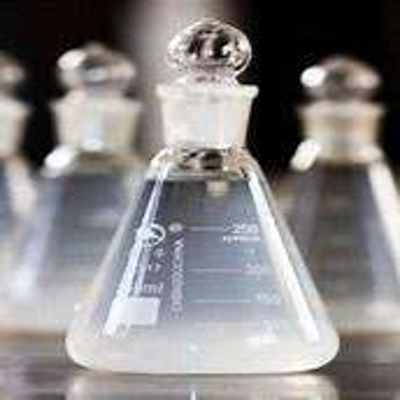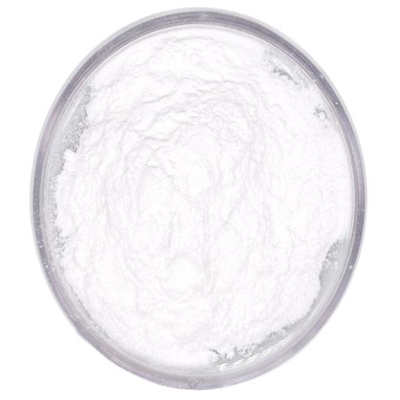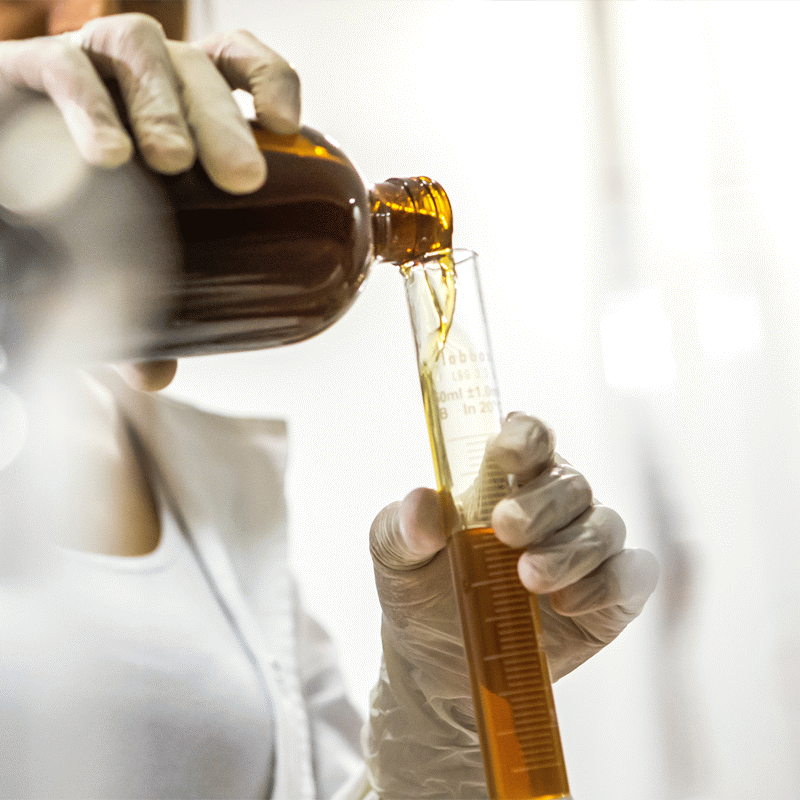-
Categories
-
Pharmaceutical Intermediates
-
Active Pharmaceutical Ingredients
-
Food Additives
- Industrial Coatings
- Agrochemicals
- Dyes and Pigments
- Surfactant
- Flavors and Fragrances
- Chemical Reagents
- Catalyst and Auxiliary
- Natural Products
- Inorganic Chemistry
-
Organic Chemistry
-
Biochemical Engineering
- Analytical Chemistry
- Cosmetic Ingredient
-
Pharmaceutical Intermediates
Promotion
ECHEMI Mall
Wholesale
Weekly Price
Exhibition
News
-
Trade Service
【Chemical Machinery and Equipment Network Policies and Regulations】Recently, the national standard plan 20201778-T-306 "General Principles of Microwave Plasma Atomic Emission Spectroscopy Methods" was drafted and publicly solicited for comments
.
This standard is coordinated by the National Instrument Analysis and Testing Standardization Technical Committee, and is mainly drafted as the Analysis and Testing Center
in Guangzhou, China.
.
This standard is coordinated by the National Instrument Analysis and Testing Standardization Technical Committee, and is mainly drafted as the Analysis and Testing Center
in Guangzhou, China.
Common instruments for inorganic elemental analysis are atomic absorption spectroscopy (AAS) and inductively coupled plasma emission spectroscopy (ICP-AES).
Although these two instruments have the advantages of fast analysis speed, low detection limit and accurate measurement results, there are still certain shortcomings
in practical applications.
AAS requires combustible gas (acetylene) as the working gas, and cannot analyze multiple elements at the same time, and it is difficult to meet the requirements of rapid detection and on-site analysis of
multiple elements.
ICP-AES uses high-purity argon (Ar) as the working gas, which has large consumption and high cost, and most of them require auxiliary circulating water cooling devices, which is difficult to achieve on-site and continuous detection
.
Although these two instruments have the advantages of fast analysis speed, low detection limit and accurate measurement results, there are still certain shortcomings
in practical applications.
AAS requires combustible gas (acetylene) as the working gas, and cannot analyze multiple elements at the same time, and it is difficult to meet the requirements of rapid detection and on-site analysis of
multiple elements.
ICP-AES uses high-purity argon (Ar) as the working gas, which has large consumption and high cost, and most of them require auxiliary circulating water cooling devices, which is difficult to achieve on-site and continuous detection
.
Microwave plasma atomic emission spectrometry (MP-AES) is an inorganic elemental analysis technology
that has only been successfully commercialized in recent years.
Its principle is: the sample is atomized by the atomization system to form an aerosol, which is brought into the microwave plasma by the carrier gas (nitrogen, helium or argon), and is fully evaporated, atomized, excited and ionized in a high-temperature stable atmosphere, when the atom or ion of the measured element is excited, the electrons transition between different energy levels, and when the transition from a high-energy state to a low-energy state produces characteristic radiation, the element and its content
are determined by measuring the wavelength of this characteristic radiation and its relative intensity.
that has only been successfully commercialized in recent years.
Its principle is: the sample is atomized by the atomization system to form an aerosol, which is brought into the microwave plasma by the carrier gas (nitrogen, helium or argon), and is fully evaporated, atomized, excited and ionized in a high-temperature stable atmosphere, when the atom or ion of the measured element is excited, the electrons transition between different energy levels, and when the transition from a high-energy state to a low-energy state produces characteristic radiation, the element and its content
are determined by measuring the wavelength of this characteristic radiation and its relative intensity.
Compared to AAS, the MP-AES matrix is more resistant and adaptable, more sensitive, has a wider linear range, lower detection limits, and runs faster
.
Compared to ICP-AES, MP-AES operates with nitrogen generated by air, which significantly reduces operating costs and has lower detection limits
for some elements.
.
Compared to ICP-AES, MP-AES operates with nitrogen generated by air, which significantly reduces operating costs and has lower detection limits
for some elements.
The General Principles of Microwave Plasma Atomic Emission Spectroscopy Methods stipulates the general rules for the detection of metallic and partial non-metallic elements in samples by microwave plasma atomic emission spectrometer, including general requirements
for method principles, reagents and materials, instruments, sample handling, analysis steps and methods, result reporting and safety precautions.
It is suitable for the qualitative and quantitative analysis of constant to trace elements in the sample by liquid injection by microwave plasma emission spectrometer, and is not suitable for direct injection of solids
.
for method principles, reagents and materials, instruments, sample handling, analysis steps and methods, result reporting and safety precautions.
It is suitable for the qualitative and quantitative analysis of constant to trace elements in the sample by liquid injection by microwave plasma emission spectrometer, and is not suitable for direct injection of solids
.
At present, MP-AES has been widely used in agriculture, food, medicine, environment, petroleum and many other fields, but there are few relevant standards, and the published national standards and industry standards only involve the chemical and agricultural fields
.
The formulation of this standard lays a foundation for the standardized application of MP-AES technology and the birth of MP-AES analysis method standards in related fields, which is conducive to the promotion and application
of MP-AES technology.
.
The formulation of this standard lays a foundation for the standardized application of MP-AES technology and the birth of MP-AES analysis method standards in related fields, which is conducive to the promotion and application
of MP-AES technology.







